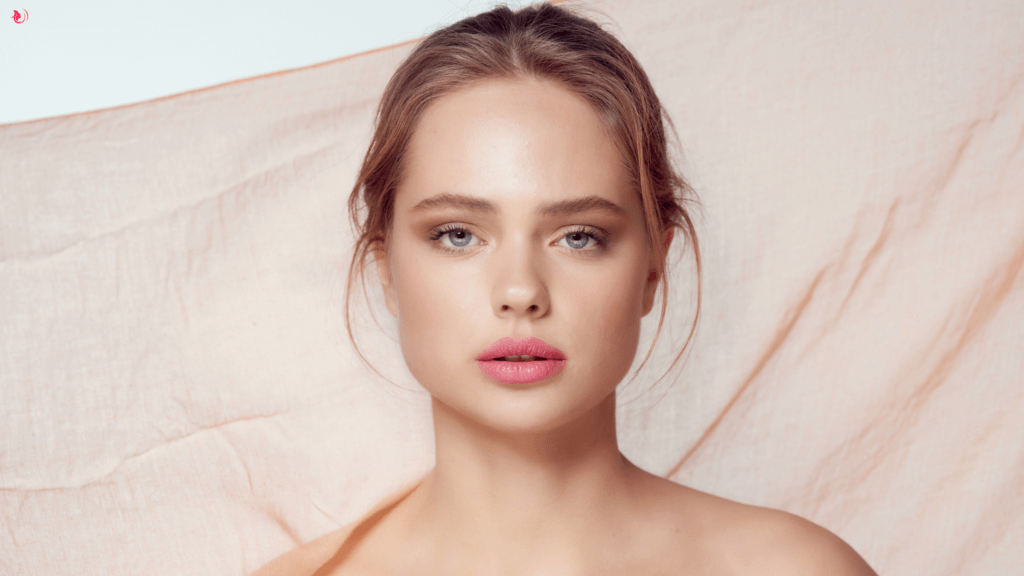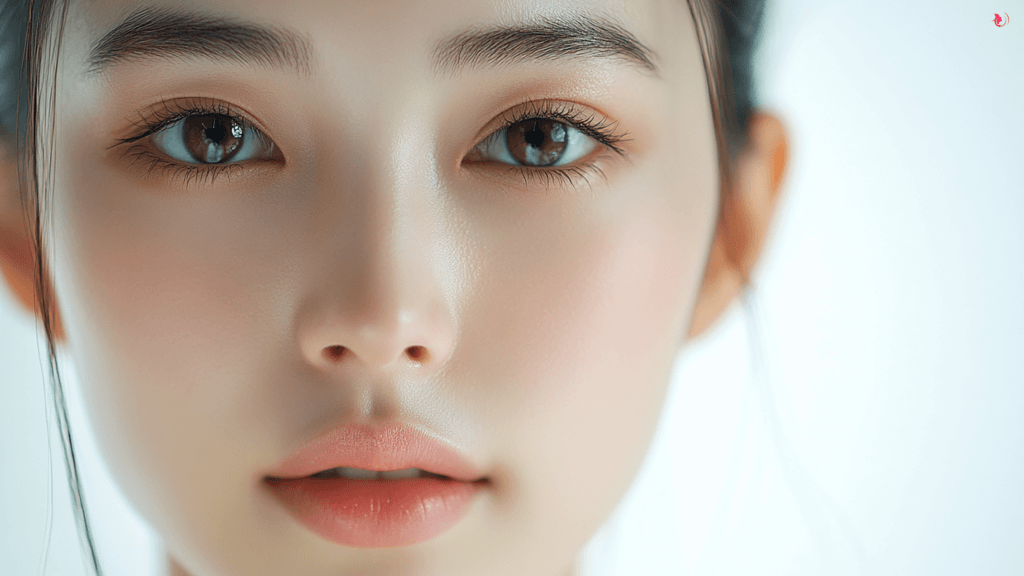The aesthetics industry is evolving at an unprecedented pace. It is transitioning from a niche luxury to an integral part of self-care and wellness routines. The global market growth is projected to nearly double by 2028, reaching $25.9 billion (£20.9B). The demand for clinic treatments and advanced medical-grade consumer-centric solutions is higher than ever.
Galderma, a leader in dermatology and aesthetics, has been at the forefront of this transformation. Their NEXT report is developed in collaboration with trend forecasting agency WGSN. They use leading practitioners and provide a comprehensive look at the future of aesthetic medicine. The report is examining consumer expectations and key trends that will shape the industry in the year to come.
Aesthetic treatments have become more accessible due to innovations like minimally invasive procedures, which cost less. These advancements allow a broader audience to explore aesthetic options that align with their needs. The concept of “tweakments” as coined by journalist Alice Hart-Davis, highlights the growing preference for low-downtime procedures. For example a lunchtime Botox session or a subtle filler enhancement. These treatments are designed to fit seamlessly into busy schedules.
Affordability is another key factor driving accessibility. Countries like Brazil exemplify this shift, with government-subsidised plastic surgeries. Yes you heard that right. This is making beauty treatments a right rather than a privilege. The inclusivity of the industry is also expanding. There is a significant rise in male patients. Between 2000 and 2020, male participation in aesthetic treatments increased by a staggering 182%. This is a major shift in traditional beauty norms.
Technological innovations are redefining what’s possible in aesthetic medicine. The integration of augmented reality (AR) tools during consultations allows patients to visualise potential outcomes before committing to procedures. According to a 2020 survey, 55% of adults expressed interest in apps that provide medically accurate previews of aesthetic treatments.
Advancements in injectables and biostimulators are offering longer-lasting, more effective results. Ready-to-use liquid formulations and products designed to stimulate collagen production are becoming increasingly popular. This is supporting the industry’s focus on both prevention and rejuvenation.
Social media has become a driving force in the normalisation and popularisation of aesthetic treatments. Influencers and practitioners like Flavio Refrigeri, who boasts over 60,000 Instagram followers, are reshaping the way consumers engage with aesthetics.
Platforms like TikTok and Instagram help educate audiences about available treatments. They also inspire trends. Viral procedures like “Russian lips” and “buccal fat removal” exemplify how social media fuels demand, although these trends often fade as quickly as they emerge.
Future Trends in Aesthetics

Galderma’s NEXT report identifies six major trends that will shape the future of aesthetics.
1. Proactive Beauty
Preventative treatments, also known as “prejuvenation” are rapidly becoming the cornerstone of aesthetic medicine. Unlike traditional treatments that focus on reversing visible signs of ageing, proactive beauty encourages patients to start early. That means maintaining youthful skin and preventing damage before it occurs. Younger demographics, particularly Millennials and Gen Z, are embracing this trend. They view it as an investment in their long-term appearance. Which is a very new approach. Previously most assumed that skincare was for older people.
Key innovations driving this trend include collagen biostimulators, which encourage the body to produce its own collagen. The effect is natural, long-lasting results. At-home skincare devices, such as LED masks and microcurrent tools, are also contributing to the rise of proactive beauty. These tools empower consumers to integrate professional-grade treatments into their daily routines.
2. Mindful Aesthetics
The growing focus on sustainability and ethical practices in beauty is reflected in the rise of “mindful aesthetics“. Consumers are increasingly seeking treatments and products that align with their personal values. Such as environmental responsibility and cruelty-free practices for example. This shift is particularly evident in the materials used in treatments. Eco-friendly packaging, sustainably sourced ingredients and biodegradable fillers are becoming commonplace.
Another key aspect of mindful aesthetics is the emphasis on natural-looking results. Patients want to enhance their appearance subtly. Most try avoiding the overdone or artificial look that dominated aesthetics in previous decades. Terms like “tweakments” and “no-makeup makeup” encapsulate this trend. It’s more about natural beauty these days.
3. Digital Filters in Real Life
The ubiquity of digital beauty standards, fuelled by social media and photo editing apps, has had a profound impact on real-world aesthetic choices. Patients are increasingly seeking treatments that mimic the effects of their favourite digital filters. Examples include smoother or glass skin, fuller lips and contoured body features. A trend reflecting a desire to marry virtual perfection with physical reality.
Augmented reality (AR) and artificial intelligence (AI) are starting to take hold. Tools that allow patients to visualise potential outcomes during consultations are becoming standard practice. It all helps to manage expectations. These technologies are also inspiring new treatment techniques. Some of these include hyper-precise injectables that sculpt and define features with a level of accuracy previously impossible. Critics argue that this trend perpetuates unrealistic standards. But can also see it simply as part of beauty innovation.
4. Age Cancellation
The concept of anti-ageing is evolving too. Age-agnostic aesthetics are taking its place. In the past we were focusing solely on erasing wrinkles or lifting sagging skin. With age cancellation the emphasis is on enhancing features and maintaining a vibrant appearance. Regardless of your age. This approach resonates with people who reject the stigma of ageing and embrace treatments that celebrate their individuality at every stage of life.
Patients are increasingly opting for treatments like skin boosters, which improve hydration and elasticity without altering their facial structure. Biostimulators, which encourage natural rejuvenation are also popular. Advanced technologies, such as laser resurfacing and RF microneedling are also contributing to this trend. They offer results that are subtle but transformative at the same time. Age cancellation isn’t about denying one’s age. Not at all. It’s about enhancing the best version of oneself. A movement that challenges the classic perceptions of beauty.
5. Bespoke Beauty
Personalisation is hot. It has become a cornerstone of modern aesthetics. Bespoke treatments tailored to individual needs are taking centre stage. Gone are the days of one-size-fits-all solutions. Today’s patients get customisation at every level. From the consultation process to the final treatment plan. Technological advancements, such as AI-driven diagnostics and skin-mapping tools have changed the way practitioners design personalised treatment plans.
Skincare routines, too, are becoming more bespoke, with brands offering products that can be custom-blended at home.
6. Authentic Beauty
The pendulum has swung back from the pursuit of perfection to a celebration of authenticity. Authentic beauty emphasises enhancing natural features and embracing individuality. This trend is closely tied to the rise of body positivity and self-acceptance movements that encourage people to appreciate their unique attributes. Patients seeking authentic beauty tend to prioritise subtle treatments that enhance their appearance. Techniques like micro-tweaks, which focus on small, precise adjustments, are gaining popularity. This trend is also reflected in the demand for treatments that support skin health. Hydrating injectables and treatments that improve texture and tone are part of that.
Authentic beauty isn’t just about physical appearance. It’s about fostering confidence and empowering individuals to feel comfortable in their skin. By prioritising natural results and celebrating diversity, the aesthetics industry is aligning itself with a broader movement towards less pressure, but more self-love and inclusivity.
What’s Next?

The rise of these trends is transforming the aesthetics landscape. Healthcare professionals must stay ahead by embracing continuous education. Adapting to new technologies and refining communication skills to better meet patient needs is also important. A deeper understanding of cultural movements, such as the global impact of K-Beauty, is also essential. Originating in South Korea, K-Beauty has popularised trends like glass skin, multi-step skincare routines, and a focus on achieving radiant, healthy-looking skin. As opposed to just masking imperfections. These concepts are reshaping how patients worldwide approach beauty.
The aesthetics industry is at a turning point. An industry evolving from luxury indulgence to a more integral part of holistic self-care. That changes things. With innovations inspired by Korean Beauty and other global movements, the focus has shifted towards non-invasive treatments, inclusivity and sustainable practices. Concepts like proactive beauty, mindful aesthetics, and age-agnostic approaches show that beauty today is less about achieving perfection and more about enhancing individuality and confidence.
A transformative era in beauty and skincare has begun.


